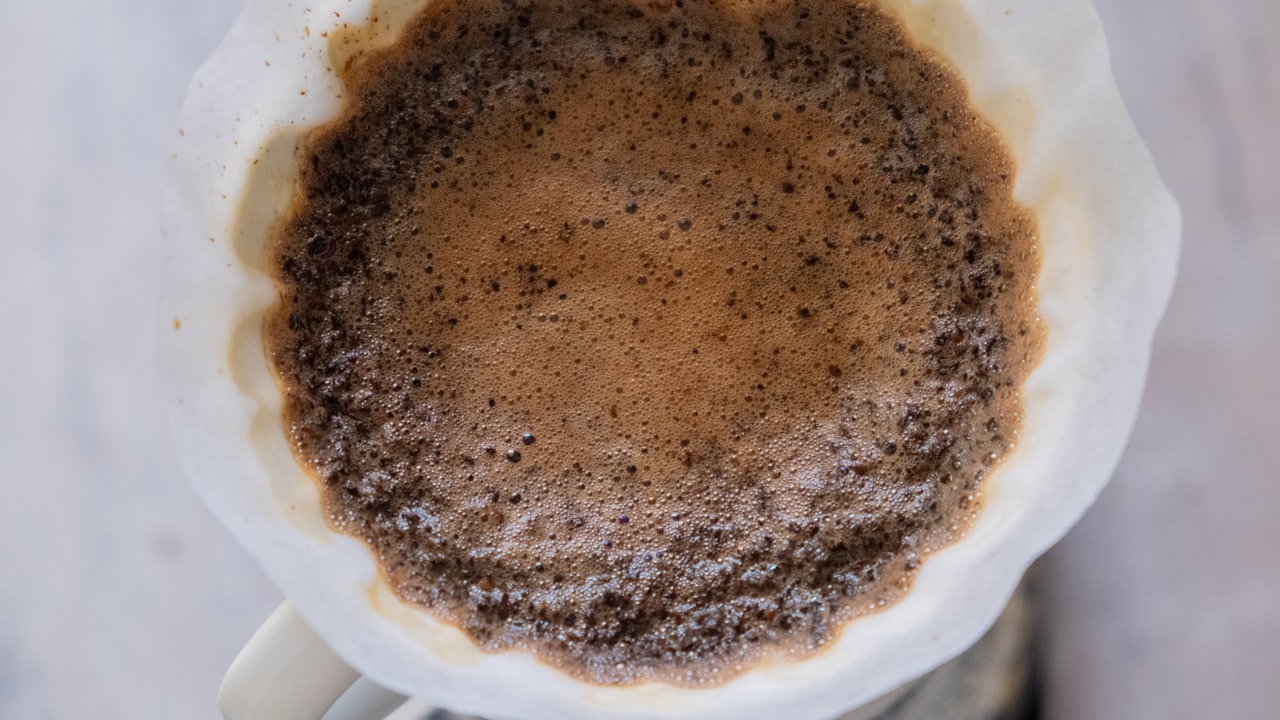Silicone mold making involves creating a mold from silicone materials to make replicas of specific objects. It involves pouring a two-part silicone material into a mold box around the original object, allowing it to cure, and then removing the original object to reveal the silicone mold. You can then use the mold as a replica of the original object using various materials such as resin, wax, or clay.
Silicone mold making is useful in various industries, including art, design, and manufacturing, such as rim plastic molding, as it allows for the creation of multiple identical copies of a desired object or shape quickly and easily. It is also cost-effective as the same mold can be used multiple times.
Common Issues that Occur During Silicone Mold Making
Silicone mold is extremely useful in production processes since it offers different benefits such as long lasting flexibility and excellent thermal resistance. However, during the mold making process, different issues occur that can affect the final quality of your finished product.
Here are some of these issues and their troubleshooting solutions:
Degassing and Air Bubbles
This happens in the initial compound mixing stage. Most often it results from air introduced into the mix when using a spatula, a mixer blade or a drill with a paint.
So for the best results to avoid the air bubbles it is best to mix the compound from a vacuum chamber before pouring the mold. You can also make good use of a static mixer and a dispensing system, instead of hand mixing.
Uneven Curing
Uneven curing in mold making occurs when the silicone material cures at different rates in different areas, resulting in an uneven or distorted mold. This can be caused by a variety of factors such as incorrect mixing ratios, uneven application of the silicone material, or variations in temperature or humidity.
The best solution for uneven curing in mold making is prevention. It's important to carefully measure and mix the silicone material according to the manufacturer's instructions, and to apply it evenly and consistently to the mold surface. Additionally, maintaining a consistent temperature and humidity throughout the curing process can help prevent uneven curing.
Warping
Warping in silicone mold making refers to the deformation or distortion of the mold caused by various factors such as temperature, pressure, or improper casting techniques. Warping can lead to the loss of details, misshapen mold, and can affect the final product's quality.
Warping in silicone mold making refers to the deformation or distortion of the mold caused by various factors such as temperature, pressure, or improper casting techniques. Warping can lead to the loss of details, misshapen mold, and can affect the final product's quality.
The best solution to prevent warping in silicone mold making is to carefully control the environmental conditions during the molding process. To avoid warping you may also want to use high quality silicone, and a support system such as a mold box.
Conclusion
Silicone mold making is an essential step in any production process. But warping, air bubbles, uneven curing and many other problems may affect the general outlook of your mold. It is therefore, to prepare the mold keenly following each troubleshooting solution mentioned here to avoid these problems and many others.


